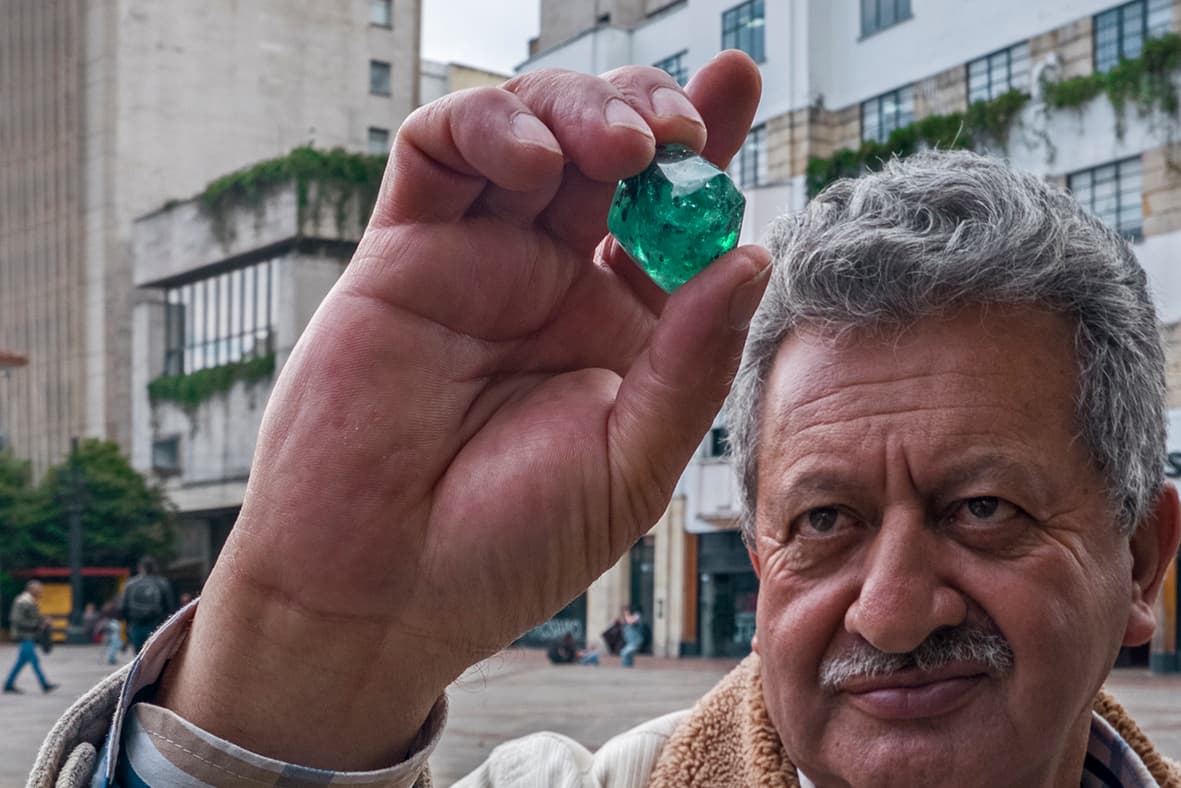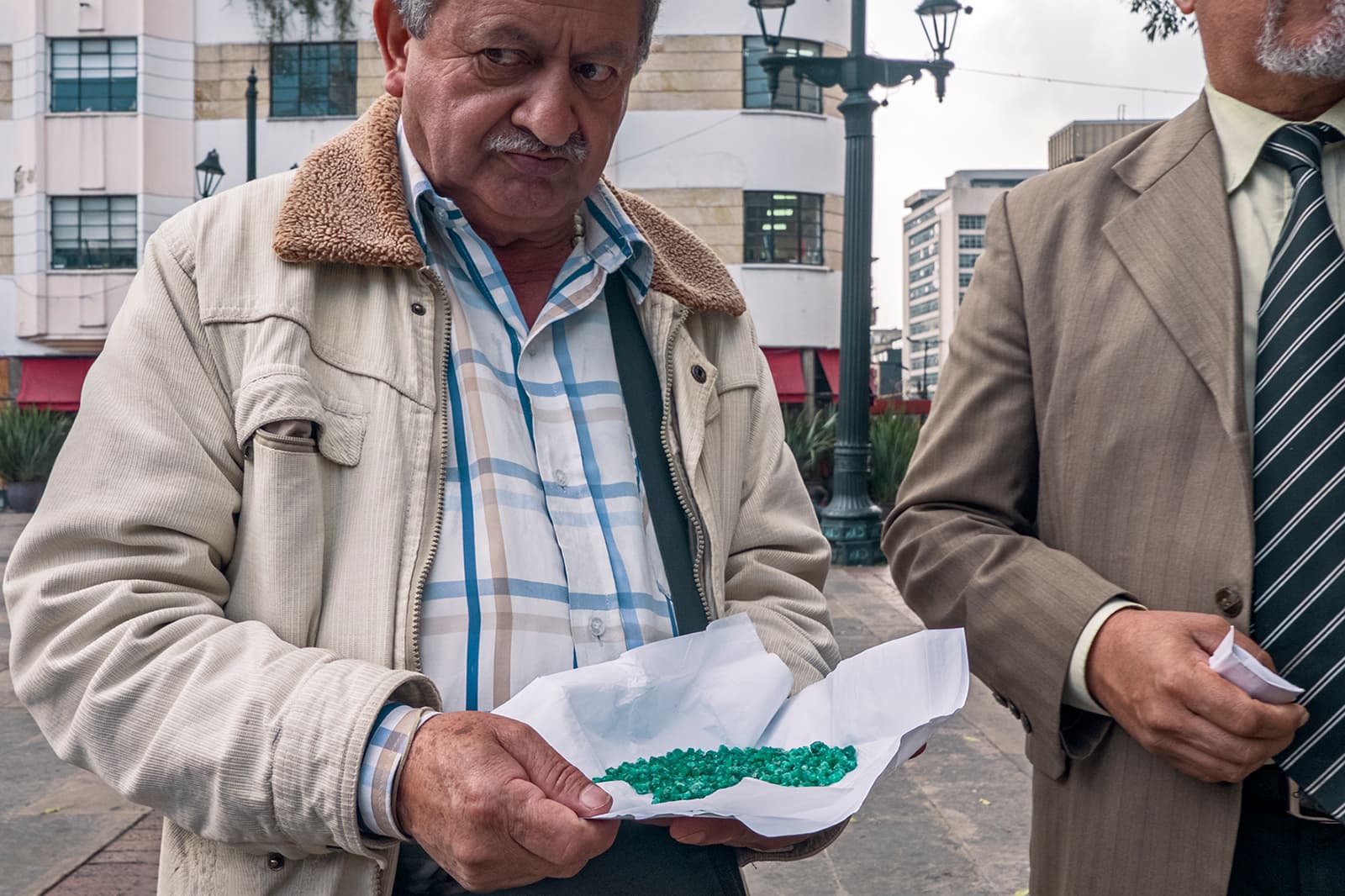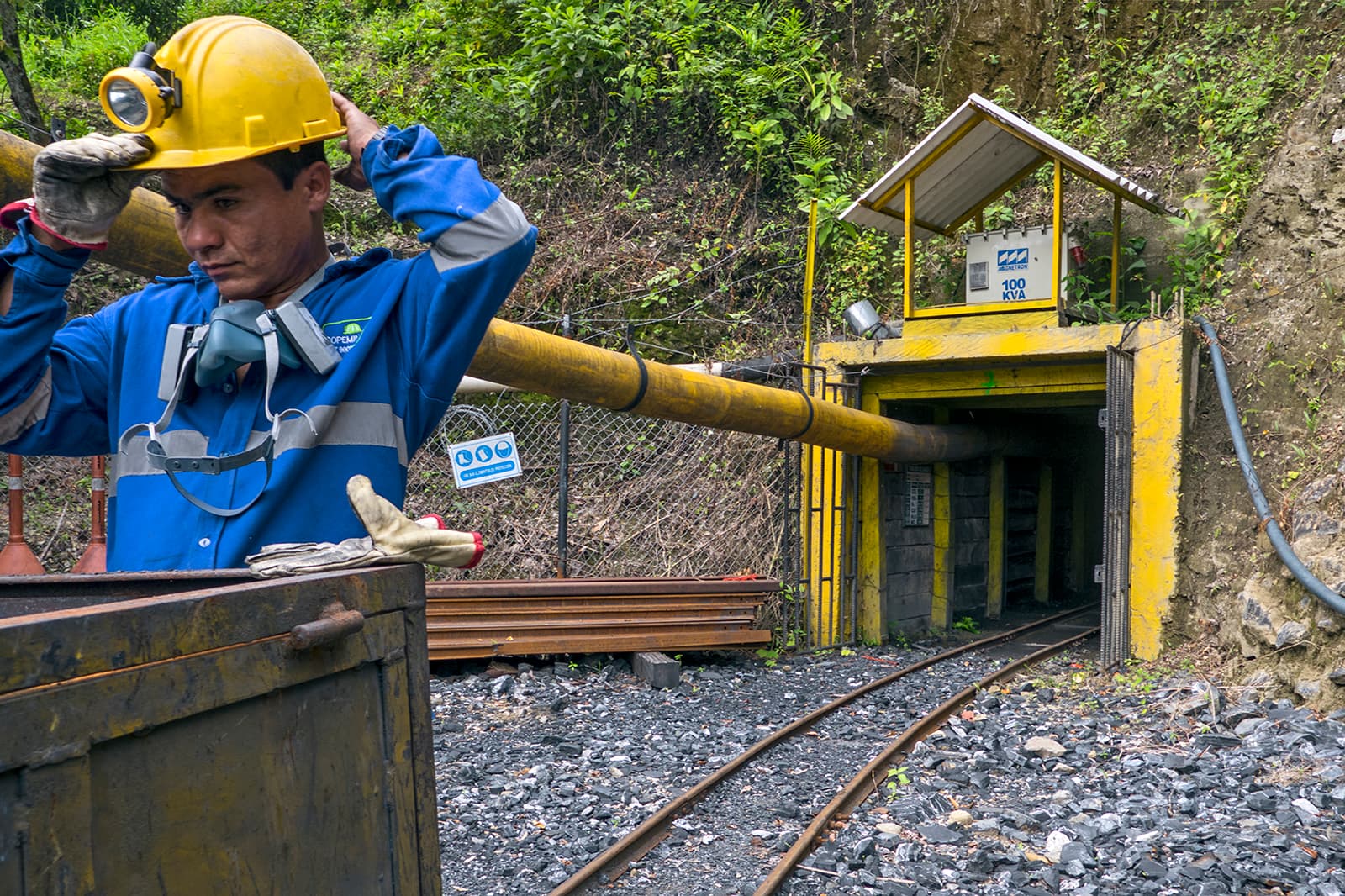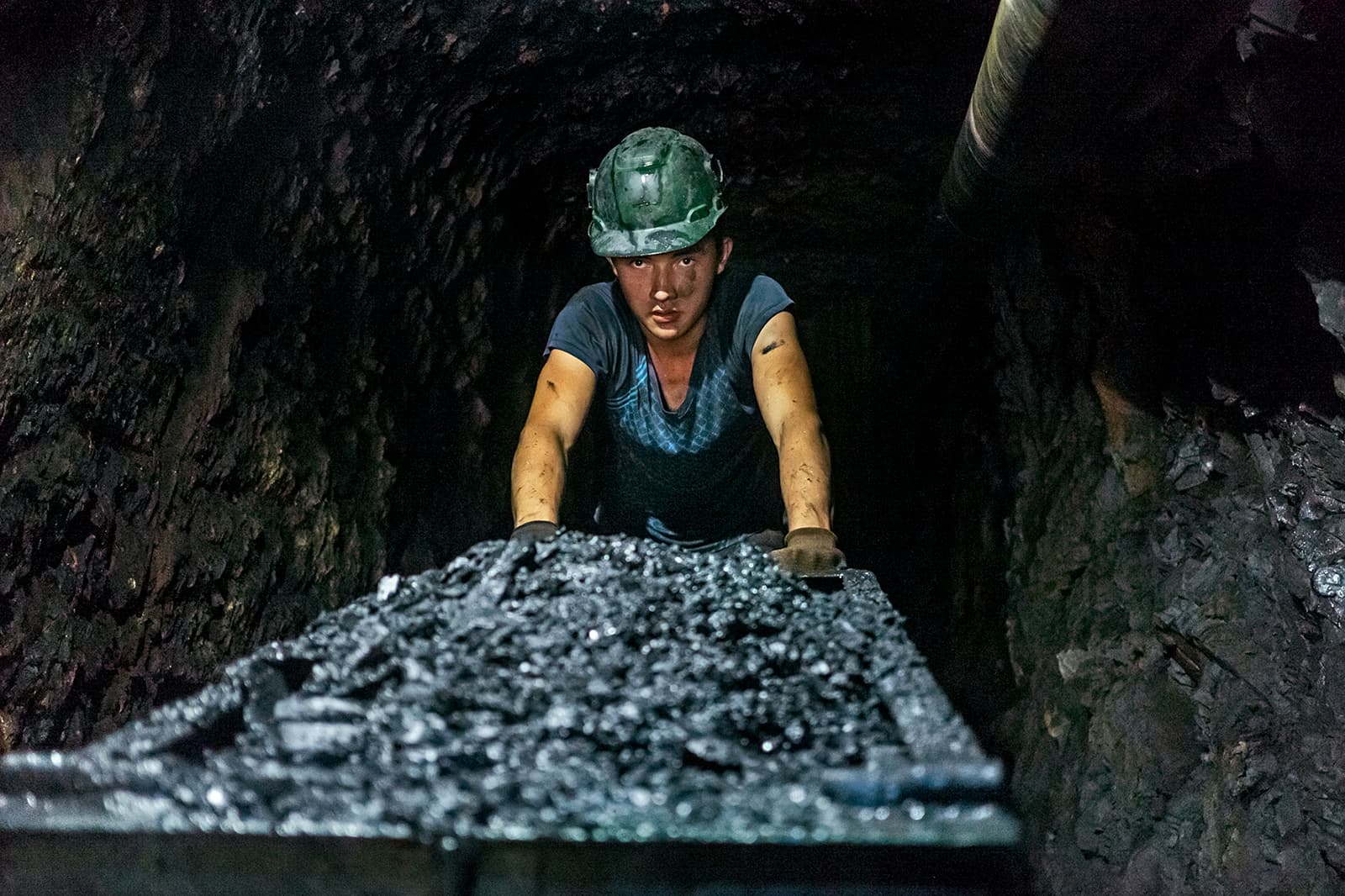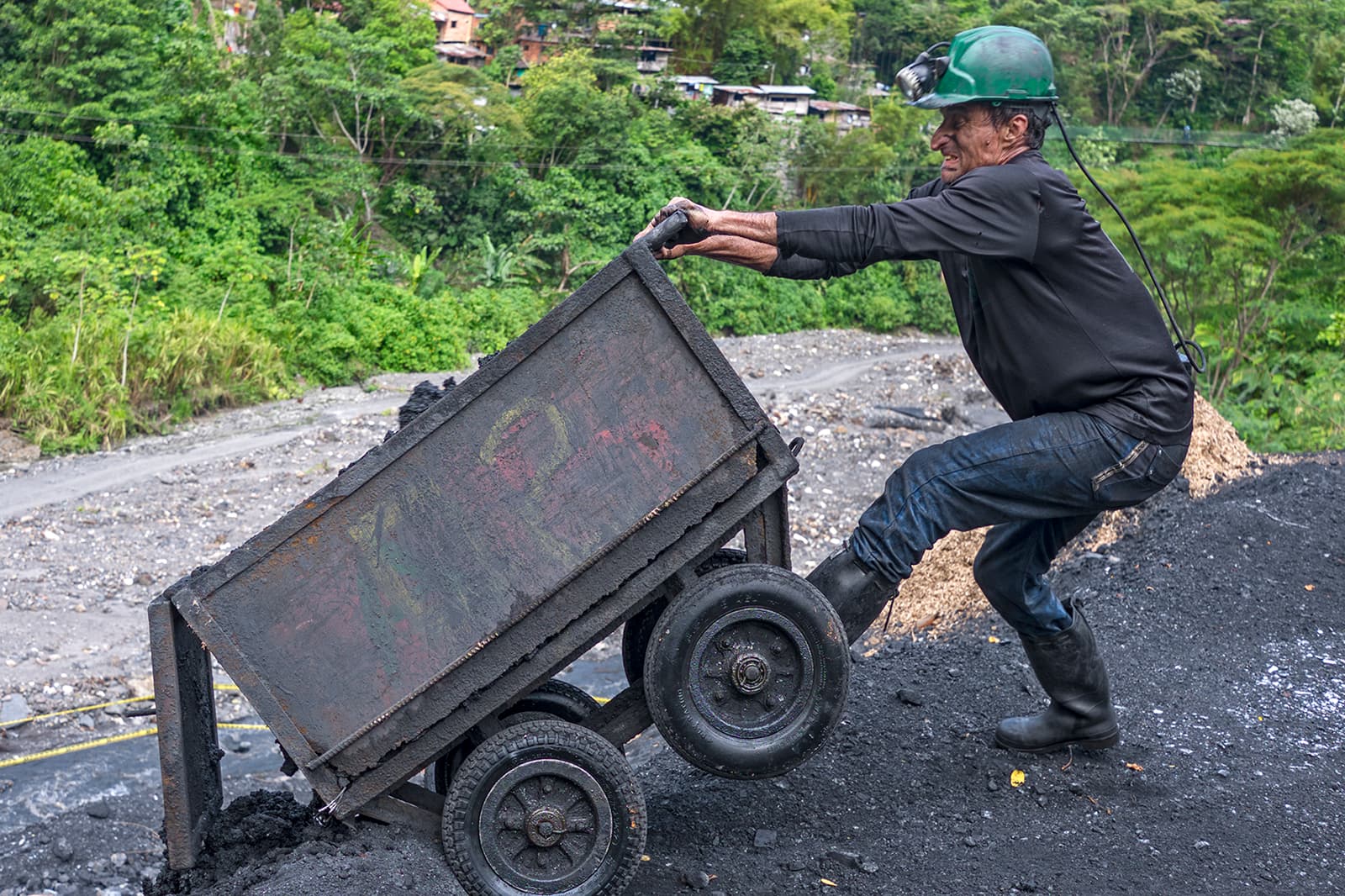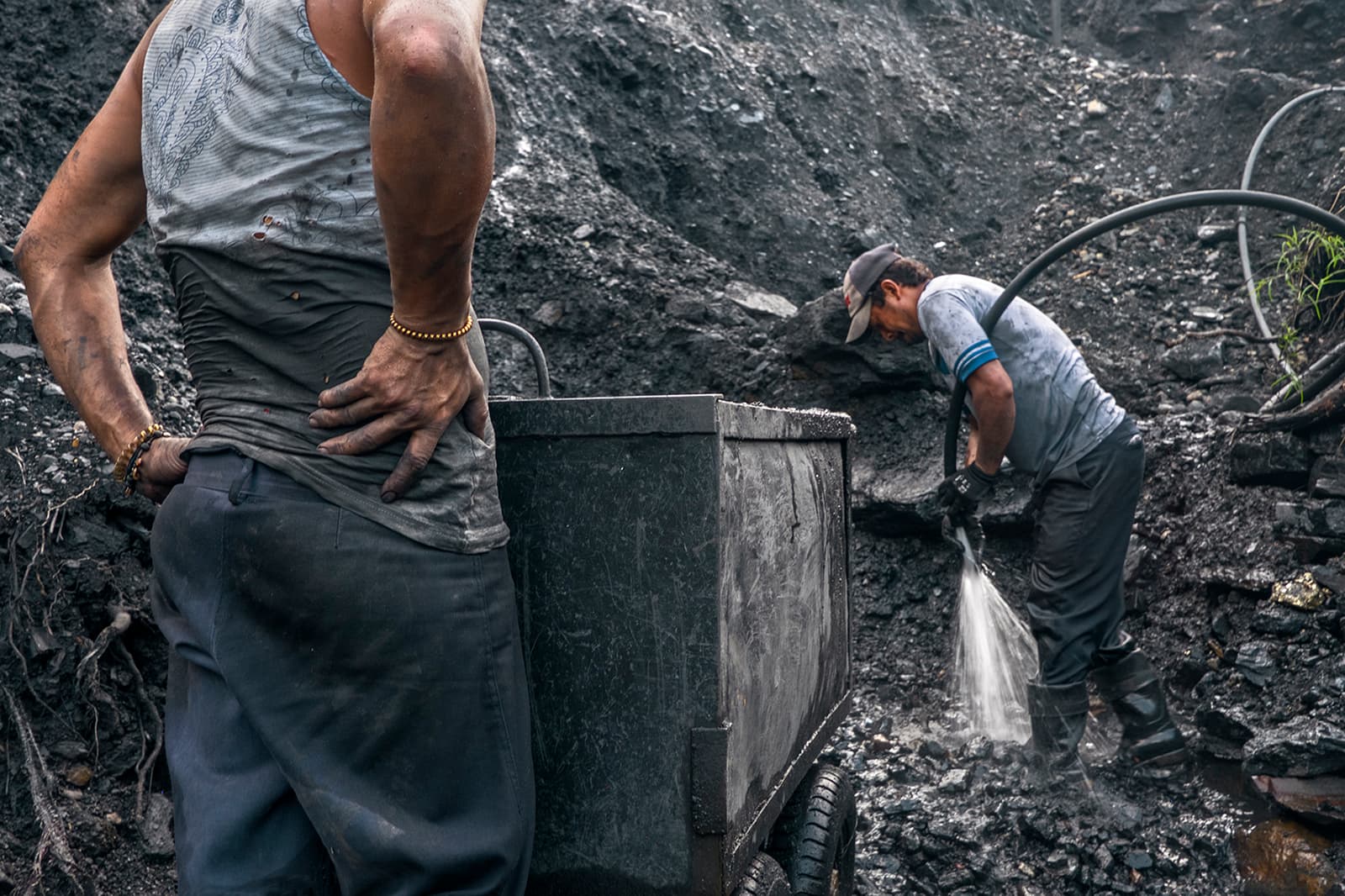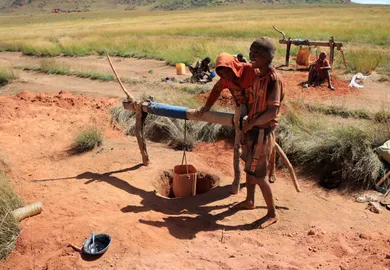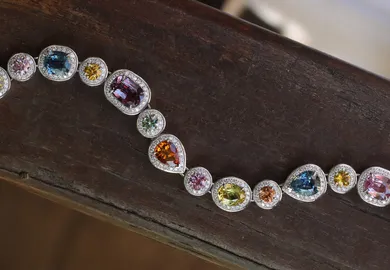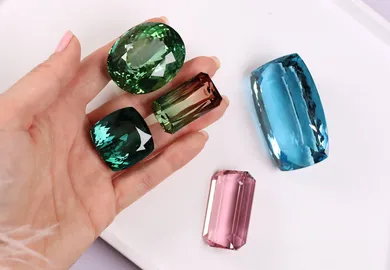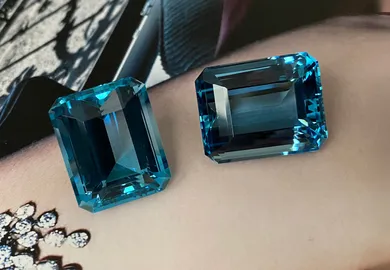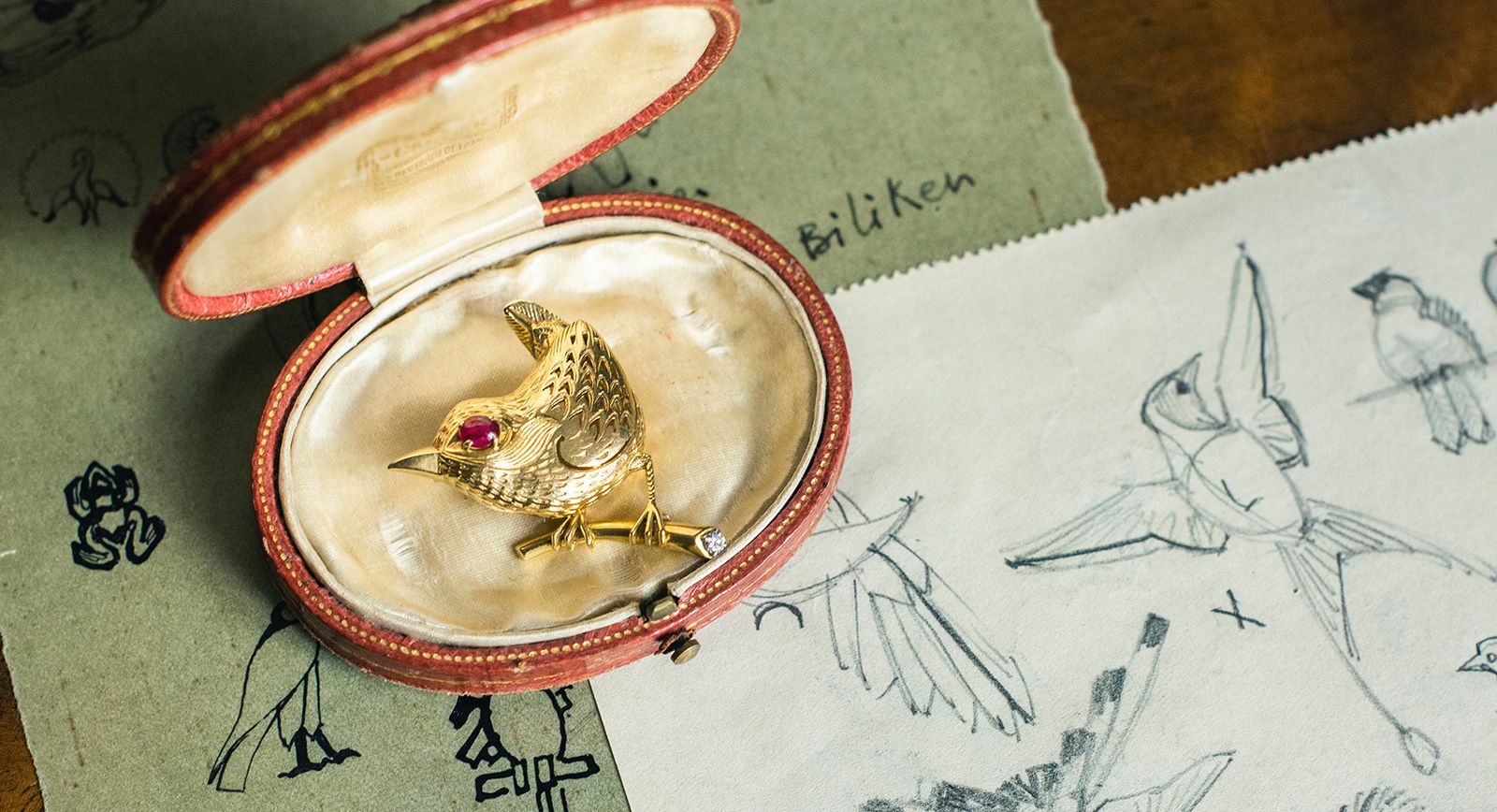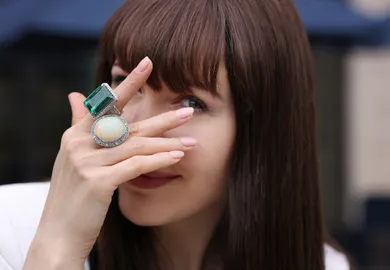
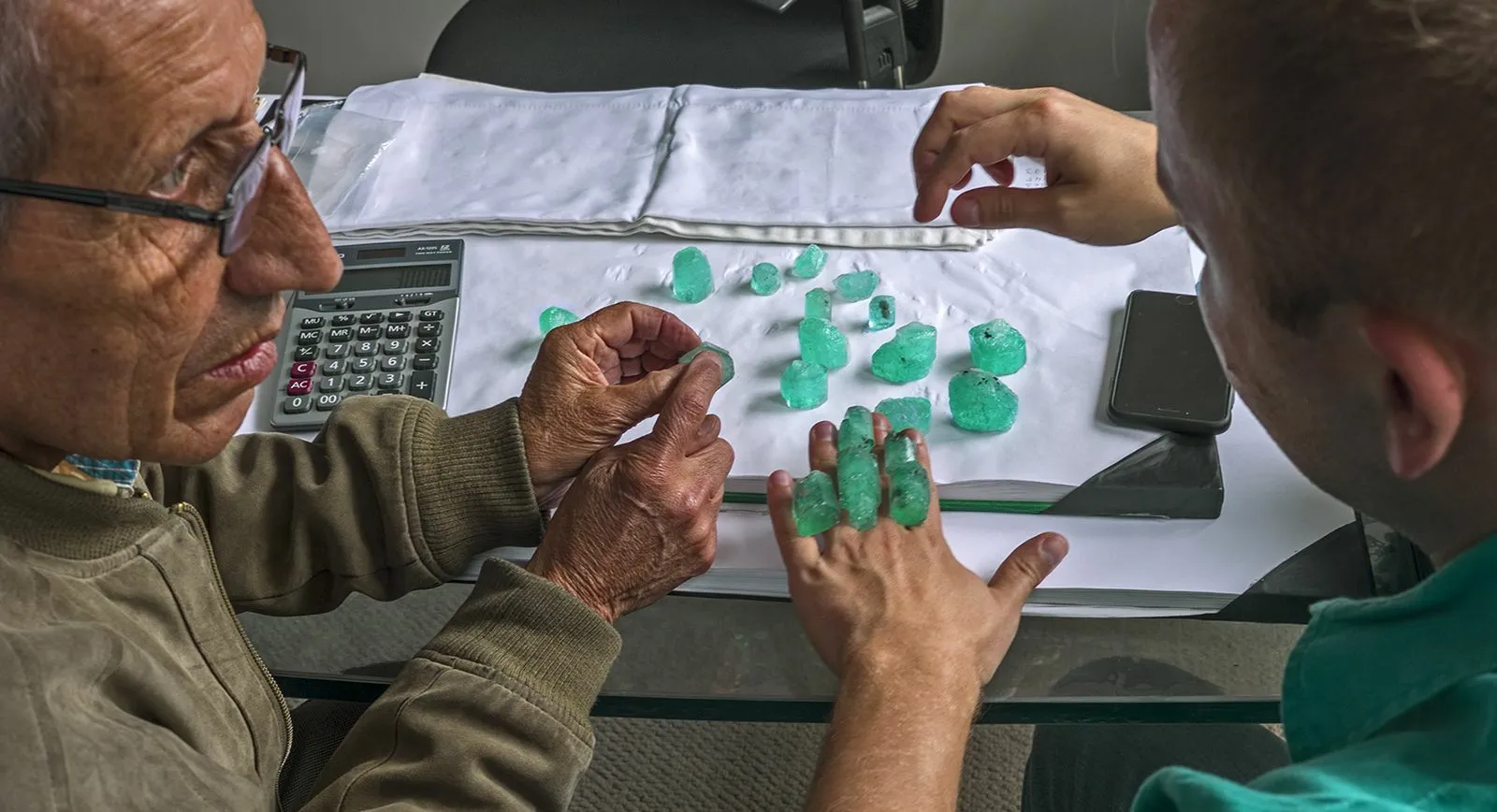
George Smith of IEEX: Priceless Colombian Emerald Facts From an Expert
George Smith from the International Emerald Exchange (IEEX) grew up in London. His mother – born and raised in Colombia, as well as his sister who married a local man, inspired the young man’s desire to change countries of residence, and replace his job as a financier in the City of London for becoming an emerald trader in Bogotá.
The emerald mines in Colombia – in excess of 90% of all emerald production – were once controlled by one man for about 35 years. “A friend said to me that when that man passes on, the industry will open up – just like South Africa did with diamonds 100 years ago”, George tells me. He continues, “in the last seven years, various multinationals arrived in Colombia, and mining took on a bit less of an artisanal structure, more investment have been made in the mines, and subsequently the industry has changed for the better. What was considered a dirty business before, turned into a trade that profits not only the miners but also the locals.”
“In the same way the Colombians are proud of their coffee, they are increasingly becoming proud that the best emeralds in the world come from here”, shares the gem dealer, who is striving to promote the exceptional beauty and value of Colombian emeralds further, and shed light on how the modern emerald industry functions. In this interview, George Smith shares a number of fascinating first-hand facts that won’t be found in any gemmology book.

IEEX Colombian emeralds
Katerina Perez: Can you give us a 1-minute introduction of the Muzo mines?
George Smith: Many people are under the impression that there’s only one mine in the Muzo region, but in reality there and tens, if not hundreds, of them. Muzo was one very small town, and with other towns, they’re collectively known as the Muzo mines. The operation in the heart of this mining area has over 1000 workers, however there are also mines with 10 – 15 people sourcing beautiful gems. Typical sizes of local cut and polished emeralds vary between 1 to 3 carats, but it is not uncommon to see deposits of 10, 20, 30, 40 carats, whereas, you cannot say the same about Afghan or Zambian goods.
KP: Emeralds have global appeal and liquidity making them a perfect investment, right?
GS: For sure, but you should dedicate only 10-20% of your portfolio to hard physical assets that are liquid and transportable, then it makes good commercial sense. I am not only talking about gems, but classic cars, wine, gold – things that are not paper investments and are held in a financial institution somewhere. Those 10-20% in an alternative asset class should also have very low cost to operate, e.g. if you have money in any kind of investment funds, you pay a 2% management fee and a 20% performance fee when you sell. If you have emeralds, you need to pay only for storage in a safety deposit box and insurance.
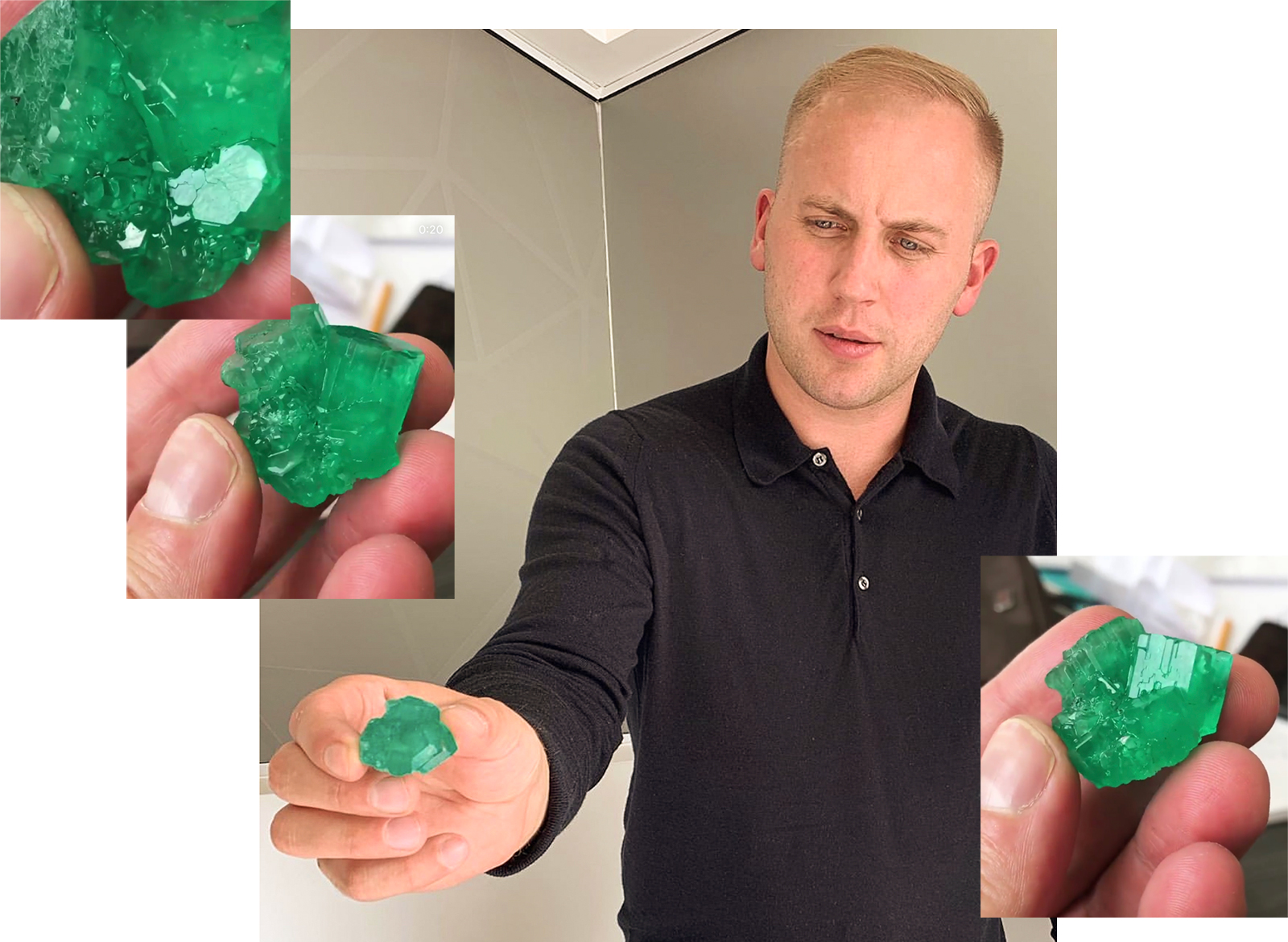
George Smith of IEEX
KP: Why provenance makes Colombian gems more sought-after than, say, Zambian?
GS: Provenance is everything! It’s like buying a bottle of wine from Bordeaux versus a wine in California, which are both great wines, but you pay a premium for the geographical location, for the history, for the magic of the French vineyards. Zambia, Afghanistan, even Brazil produce beautiful stones, although often smaller in size, which can rival Colombian gems. However, collectors gravitate towards Muzo emeralds, because they are not over-supplied and they have 500 years of commercial history, whereas, for example, Zambian emeralds are relatively new and lack the story, certain magic around the mine.

IEEX Colombian emeralds
KP: Let’s talk about prices!
GS: If we were to put a 3 carat emerald from Colombia of more or less the same colour next to a Brazilian and a Zambian stone, then that Colombian one is £10,000 per carat, the Zambian stone might be £4,000 per carat, Brazilian may be £2,500-3,000 per carat. Expect to pay 60-70% less for equally beautiful stone from Zambia or Brazil compared to Colombian. However, when you try to liquidate it you will discover that there’s a very limited secondary market for emeralds from other countries.
KP: When it comes to discussing investment emeralds, one thing that always comes up is how treatments affect the price?
GS: 99.9% of emeralds have some kind of treatment to improve clarity, not the colour, since all members of the beryl family are formed with internal fractures and fissures. I separate the treatments into two categories: non-hardeners, that do not strengthen the stone – cedar or synthetic oil, and hardening treatment – resin. Ideally you want your emerald to have been treated with cedar oil which is hard to find, so nine times out of ten, emeralds are treated with synthetic oil. I’ve seen some very small bottles of cedar oil from German suppliers that are £500 a bottle, whereas synthetic oil is $2.
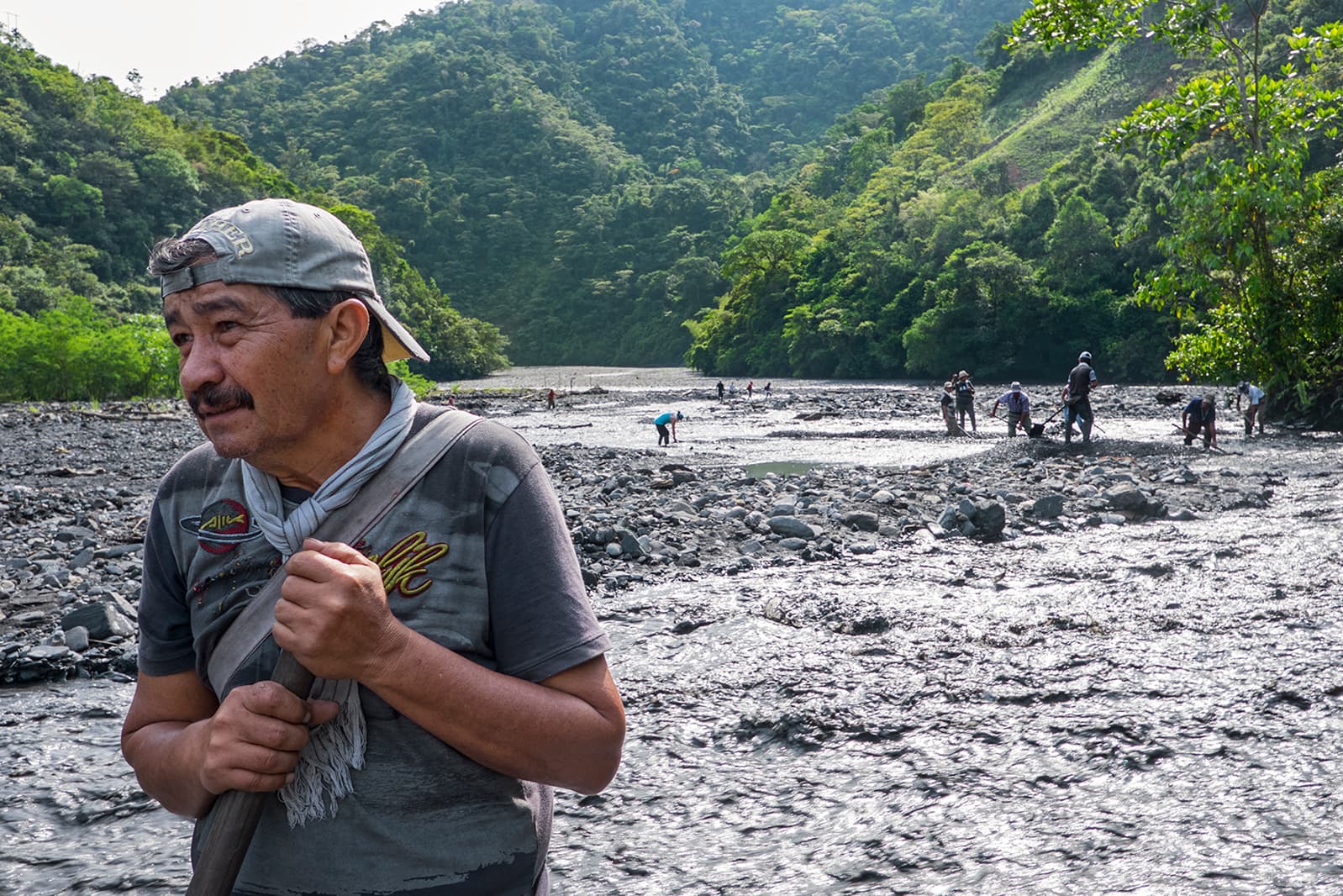
Worker at Muzo Colombian emerald mine
KP: Will a gem certificate state if the treatment oil is synthetic or cedar?
GS: Almost all major laboratories will tell you exactly what the stone is treated with, but not to which degree. I’d say nowadays, SSEF in Basel is the most prestigious laboratory, it will disclose the oil type. The certificate will cost you $1000, while the one from Bogotá will be $25. The laboratories will certify what they see at the time of having a gem with them, but an emerald can change hands numerous times, and it is hard to tell if people re-treated them with something else after certification. If you want to be 100% sure, take the stone to a laboratory yourself.
KP: Any finally, is it possible to foresee price change in emeralds?
GS: One needs to pay close attention to how the Colombian Peso is doing. For example, I have discounted my stock in the last 2-3 weeks because the Colombian peso has dropped 37% against the US dollar in the last month. Although all our goods are priced in dollars, being based in Bogotá, I work in Pesos, and there’s no multi-currency accounts in Colombia, I hold local currency, so if I sell in dollars and dollars become 37% stronger, I can discount goods.
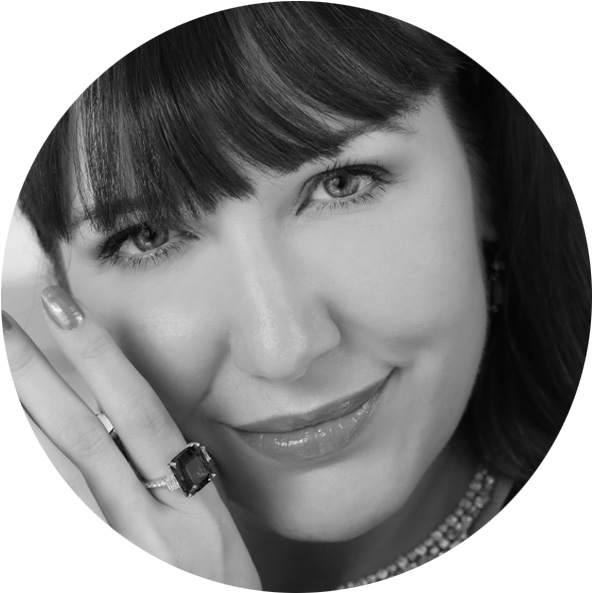
WORDS
Katerina Perez is a jewellery insider, journalist and brand consultant with more than 15 years’ experience in the jewellery sector. Paris-based, Katerina has worked as a freelance journalist and content editor since 2011, writing articles for international publications. To share her jewellery knowledge and expertise, Katerina founded this website and launched her @katerina_perez Instagram in 2013.


